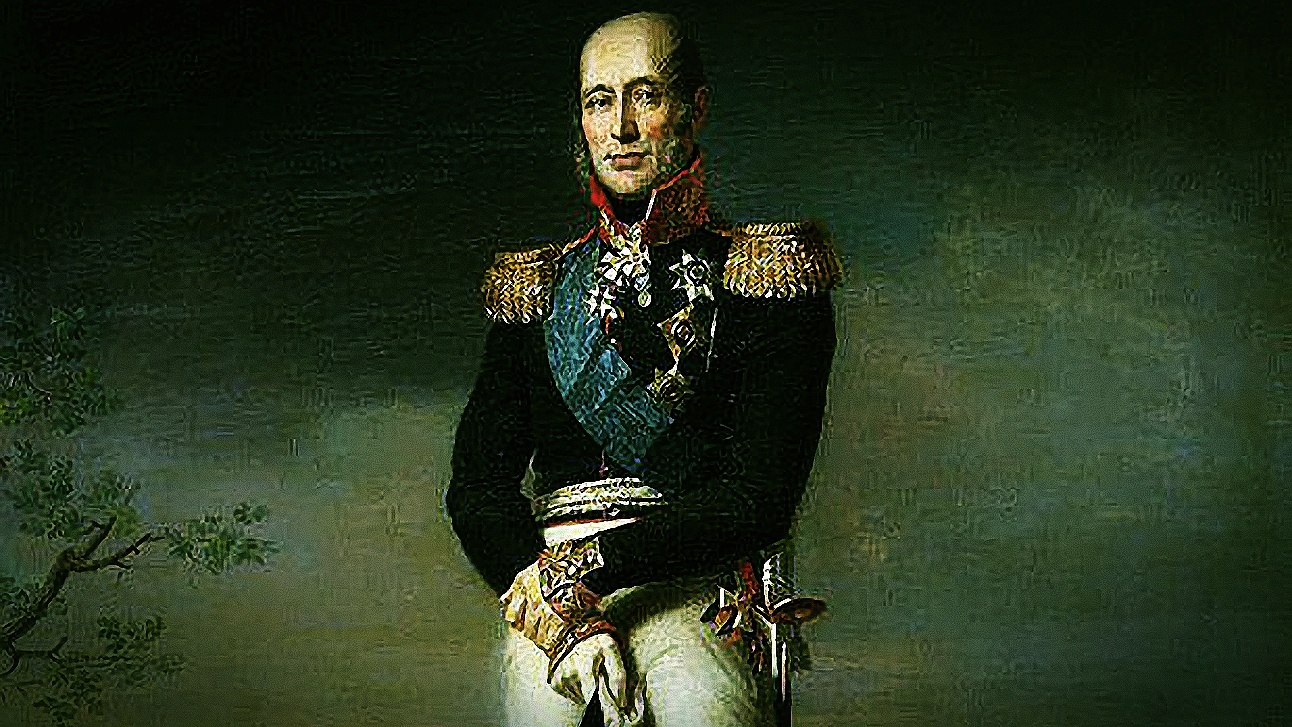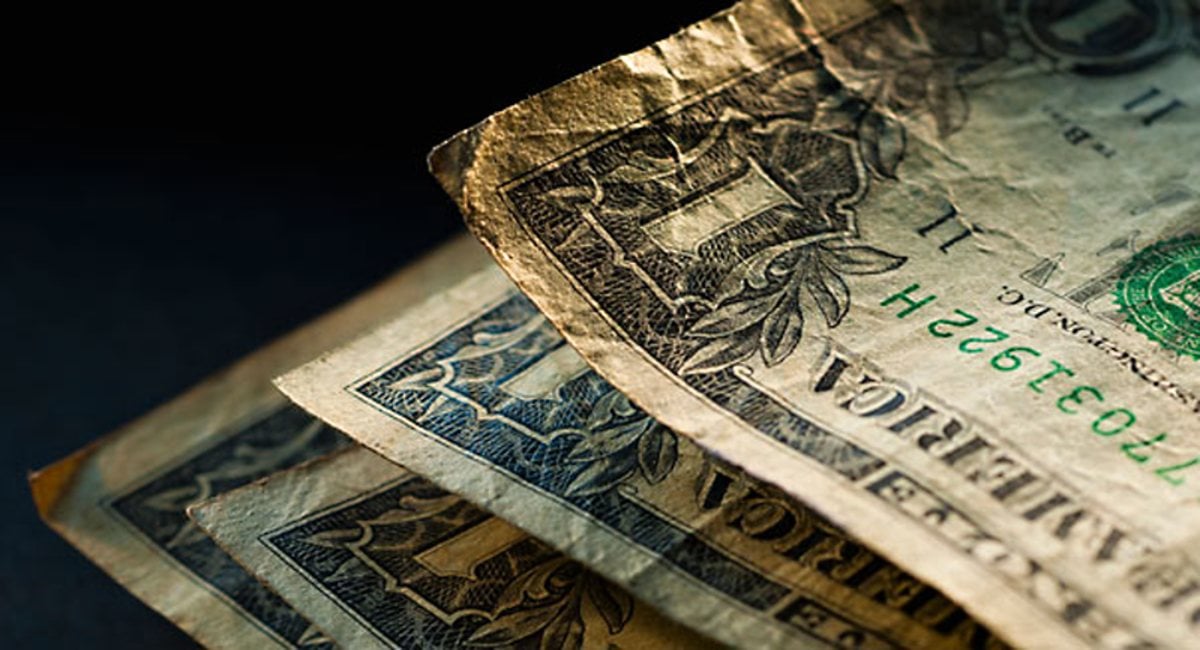For example, the chairman of the State Duma, Vyacheslav Volodin, recently threatened the USA: “Alaska used to be Russia”.
The idea that the sale of Alaska to the USA in 1867 should be reversed has been part of the background noise of Russian neo-imperialism for some time. Especially since the annexation of Crimea in 2014, the return of the region has been a recurring theme among Russian politicians and opinion makers.

The connection to the peninsula in the Black Sea is made quite offensively: “We took back Crimea, you must take back Alaska!” reads the inscription in Russian and Tatar on a marble plaque erected in the city of Yevpatoriya in Crimea in 2016.
In 2017, a choir of youthful cadets also sang in a professionally produced video that they would one day return Alaska “to the port of the homeland”. “We are going to the final battle for Crimea and Alaska… …from the Kuril Islands to the Baltic coasts…
Underlying such revisionist ideas is the popular thesis that the deal concluded in 1867 was not above board and that Russia still has a historically and legally justified claim to the region. This idea is discussed in countless documentaries, articles, books and internet forums.
How did Russia come to own this land in the American continent in the first place?
What is the background and how did Russia get this possession on the American continent in the first place?
The question of whether there is a land bridge from Siberia across the North Pole to America via an undiscovered continent called “Arktika” or possible shipping routes from Siberia’s eastern ports across the International Date Line to the western continent already moved Tsar Peter the Great.
To this end, in 1725 he commissioned the Danish sailor Vitus Bering to search for the sea route to America, or whether there was a land bridge after all.
It was then mainly Baltic German explorers and scientists who explored Siberia and the Far East.
The proof that the Northeast Passage exists, i.e. a sea route along the Russian north coast from the Pacific to the Atlantic, was first provided by an expedition led by Ferdinand von Wrangel, who explored the land and the icy sea with his expedition members on dog sleds from 1820 to 1824 and mapped the course of the coast. In 1829 he was appointed Governor of Russian America (Alaska).
From around 1783, Russian settlements had been established on the American continent, doing business mainly in the fur trade (“soft gold”).
Russian-America
Russian America was the name given to what is now Alaska and the Russian possessions in California (until 1841). The country was then owned by Russia through the “Russian-American Company” (similar to the British East India Company), which was founded in 1799 as a semi-state monopoly company.
The RAK owned all of Alaska’s industrial enterprises and mineral resources, was allowed to independently conclude trade agreements with other states, had its own flag and even its own currency, the so-called “leather mark”.
Although during the years of Russian rule, never more than 900 Russians were detached to the giant overseas colony at any one time, its fruitful connections with countrymen have proved to be a durable cultural cement to the present day, especially through the Russian Orthodox Church.
Alaska was Russia’s only overseas colony. There were attempts to settle further south on the Pacific coast, in California, which had a more favourable climate.
From 1812 to 1841, Russia operated a branch of the RAK there. But this southernmost fortified outpost of Russian America did not pay off economically and was sold in 1841 to the legendary Swiss landowner Sutter, who incorporated it into his private colony of New Helvetia, which was subordinate to Mexico.
An expansion to the Hawaiian Islands was also short-lived. In 1816, Georg Anton Schäffer, who was in Russian service, arbitrarily concluded a protectorate treaty on the northernmost inhabited islands of Hawaii with the Hawaiian sub-king Kaumualii, but in the name of the Russian crown. However, this treaty was rejected by the Tsar and Schäffer was forced to leave Hawaii in 1817. In 1893, Hawaii became a republic with the overthrow of the last queen and was formally annexed by the USA in 1898.
The Sale of Alaska
Many myths surround the sale of Alaska. Especially since only 7.2 million gold dollars were paid for the 1.5 million square kilometres of land (three times the size of Spain) – the Americans paid less than 4.74 dollars per square kilometre!
The oil and gold deposits that were later extracted in Alaska alone are worth many times that, but hardly anyone could have imagined this in the 19th century. And administering the colony was a very costly act for the Russians. Although only four kilometres separated Great (Russian) and Little (American) Diomedes Island, the journey to the distant colony from St. Petersburg was literally half a world journey and took more than half a year, whether around Cape Horn or the Cape of Good Hope. All not good conditions for maintaining the colony.
At that time, Alaska rather brought losses for Russia and foreign currency was needed to advance the construction of the railroad, which was to modernize the vast tsarist empire. The main person responsible for the reorganization and modernization of the Russian state budget at that time was the Minister of Finance Michael v. Reutern. The finance minister at that time was Michael v. Reutern. Ferdinand v. Wrangell vehemently but unsuccessfully opposed the Alaska sale. Further career let him rise up to admiral and in 1855 to minister of navy. (For more information about s. very interesting life (1797-1870) see: Wikipedia or https://www.deutsche-biographie.de/sfz86201.html . In addition: Russia was weakened by the Crimean War, which it had lost ten years earlier against the Ottoman Empire, France and Great Britain. Another consideration was that Alaska would be impossible to defend with a few hundred men if Britain or the United States developed ambitions to seize the territory. So it was quite obvious that a sale of Alaska was considered. (It is not definitively certain that the Tsar would have first offered Alaska to the Prince of Liechtenstein).
The Tsar himself set a minimum bid of $5 million, but his envoy Baron Stoeckl was a skilful negotiator: he successfully raised the amount to $7 million. On the very last night, the US Secretary of State Seward, an ardent expansionist, added another $200,000 to finally make the deal perfect.

Initially, Alaska was administered by the US Army, then by the Department of the Treasury and the Navy. It was not until 1959 that Alaska became the 49th state (at the same time Hawaii became the 50th).
Russia is aware of its “historical” borders
In Alaska, there is an independence movement (Alaska Independent Movement) whose supporters see themselves as Alaskans instead of US-Americans and strive for secession from the USA and an independent republic.
The Russian UN official Avotomonov spoke out in favour of a “decolonisation” of Hawaii as well. US President Obama (himself born in Hawaii) was open in principle to efforts for more independence.
In 2015, at the UN Human Rights Council in Geneva, Pakistan proposed to follow the suggestion of Alfred de Zayas, the UN expert on the promotion of a democratic and just world order, who in 2013 proposed to put Hawaii and Alaska back on the list of Non-Self-Governing Territories from which they were illegally removed in 1959. Incidentally, as early as 1989 Libya’s revolutionary leader Gaddafi had proposed Alaska as a homeland for the Jews instead of Palestine.
The sale of Alaska was thus closely linked to the history of Crimea. For an episode of the Crimean War also took place in the North Pacific: in 1854, British and French warships attacked the port of Petropavlovsk on Kamchatka, which highlighted Russia’s vulnerability in the North Pacific.
On the one hand, the calls for a Russian Alaska are mind games, on the other hand, the region will become more important from a geostrategic point of view in the coming decades. And Russia’s current war in Ukraine shows how alive in Moscow thinking in imperial categories is; Russia is aware of its “historical” borders. That is why Crimea and Alaska are repeatedly mentioned (or sung about) in the same breath.
There is another very interesting connection to the 7.2 million
It is almost unknown, even among historians, that precisely this sum played a role in the German-Soviet negotiations of 1939-41 (Hitler-Stalin Pact).
In the additional protocol of the German-Soviet. Border and Friendship Treaty of 28 Sept. 1939, Germany renounced interests regarding Lithuania – with the exception of the approximately 1,800 km² Suwalki tip, which adjoined the eastern border of East Prussia and represented the southernmost tip of Lithuania opposite the Polish border.
But on 12 August 1940, the Soviet government sent a long memorandum about its interest in the western Suvalkija and made an offer: $3,680,000, payable in two years or the equivalent in trade goods.
Since, contrary to the agreement, the Soviets also stationed troops in the area, the Germans now demanded a significantly higher price for ceding the area. On 29 December Ribbentrop sent a telegram to Moscow in which he criticised the doubling offered by the Soviets because this would correspond to the sum that the USA had paid Russia for Alaska in 1867.
Ribbentrop now demanded $13 million, Molotov considered the sum excessive. But on 10 January 1941 Germany finally agreed to renounce its claims to the western Suvalkija. Moscow paid $7,200,000 gold in two instalments by 11 April 1941, i.e. before the planned attack on the Soviet Union.
The area was annexed to East Prussia as “South East Prussia” on August 15, 1941 with the independent “Bialystok District”, so that the East Prussian Gauleiter Erich Koch had direct access to his Reich Commissariat Ukraine.
With the keyword Suwalki we have arrived in the present again

Because for some years now, NATO has had the term “Suwalki Gap”.
In northern Poland, a narrow strip of land directly on the border forms the Suwalki Corridor. It is about 100 km long (65 km as the crow flies) and connects the Russian, highly militarised exclave of Kaliningrad with Belarus, Moscow’s main ally.
On the other side of the Suwalki Corridor lies Lithuania. The Baltic states’ close land connection to the other NATO countries is considered a geographical weak point.
The magazine “Politico” has called the Suwalki Gap the “most dangerous place in the world”. NATO troops could meet Russia’s army here.
In 1867 Russia gave up territory in exchange for money, in 1941 Germany gave up territory in exchange for money – what can you offer Putin today to make him happy?!
What would the three-time circumnavigator Admiral Wrangel advise his Tsar today?
























This was a well written article. One thing left out was why it went from $7 million to $7.2 million in the Treaty of Washington of 30 March 1867. The answer was the US wanted the additional Commander Islands (western part of the southern islands in the Bering Sea). That was rejected, but Bering Island stayed with Russia and the line was drawn at 193 west (167 east) to included Cooper Island in the sale. This was discussed in 1995 with me by the late Dr. L. Black at UAF.
Alaska is not just the territory covered by the treaty stated above. Additional territory was added to the District of Alaska on 17 May 1884 by the Alaska Board of the United States Department of the Treasury by resolution, viz., islands, Bennett, Forrester, Henrietta, Herald, Jeannette, and Wrangell (formerly New Columbia), under the terms of Harrison Alaska Organic Act, Section 1 (“territory known as Alaska”).
Yesterday Putin noted Wrangell Island as an expanded location for the Russian Navy operation at his Navy Day speech. That island was annexed on 12 August 1881, for the USA, by the sua sponte order of Captain Calvin L. Hooper, USRM, who also gave the annexation order for Wake Island in the Pacific Ocean on
30 December 1898.